Posts

2
minutes
This week was not the most productive. I was out on Tuesday due to a lingering cold, and a good portion of the students and teachers were out with the Flu this whole week.
Nonetheless, there was some progress made on the Golf Cart.
On Monday, I wasn’t feeling well, so I spent most of the time doing my “zen task” of annotating more frames for the YOLO model.
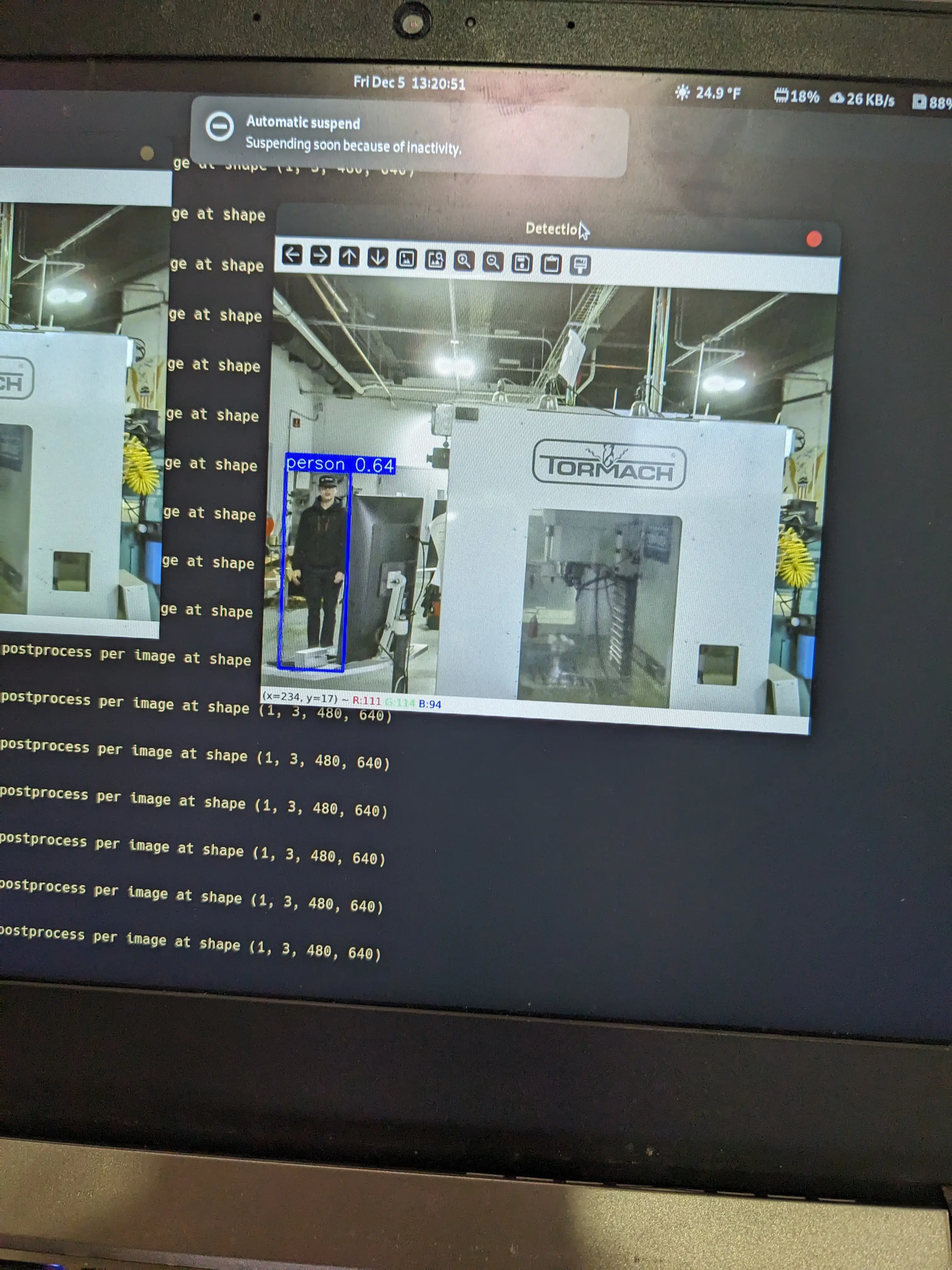
3
minutes
This week, I did more work on the AI YOLO model on the golf cart, but I decided to move away from that a little bit and focus on some of the more mechanical aspects of the project.
I wired up a simple breadboard circuit with an Arduino and the BTS7960 motor driver (capable of 49 amps continuous, which I am skeptical about) which is then wired up to a 30a 12v power supply and the giant steering motor.
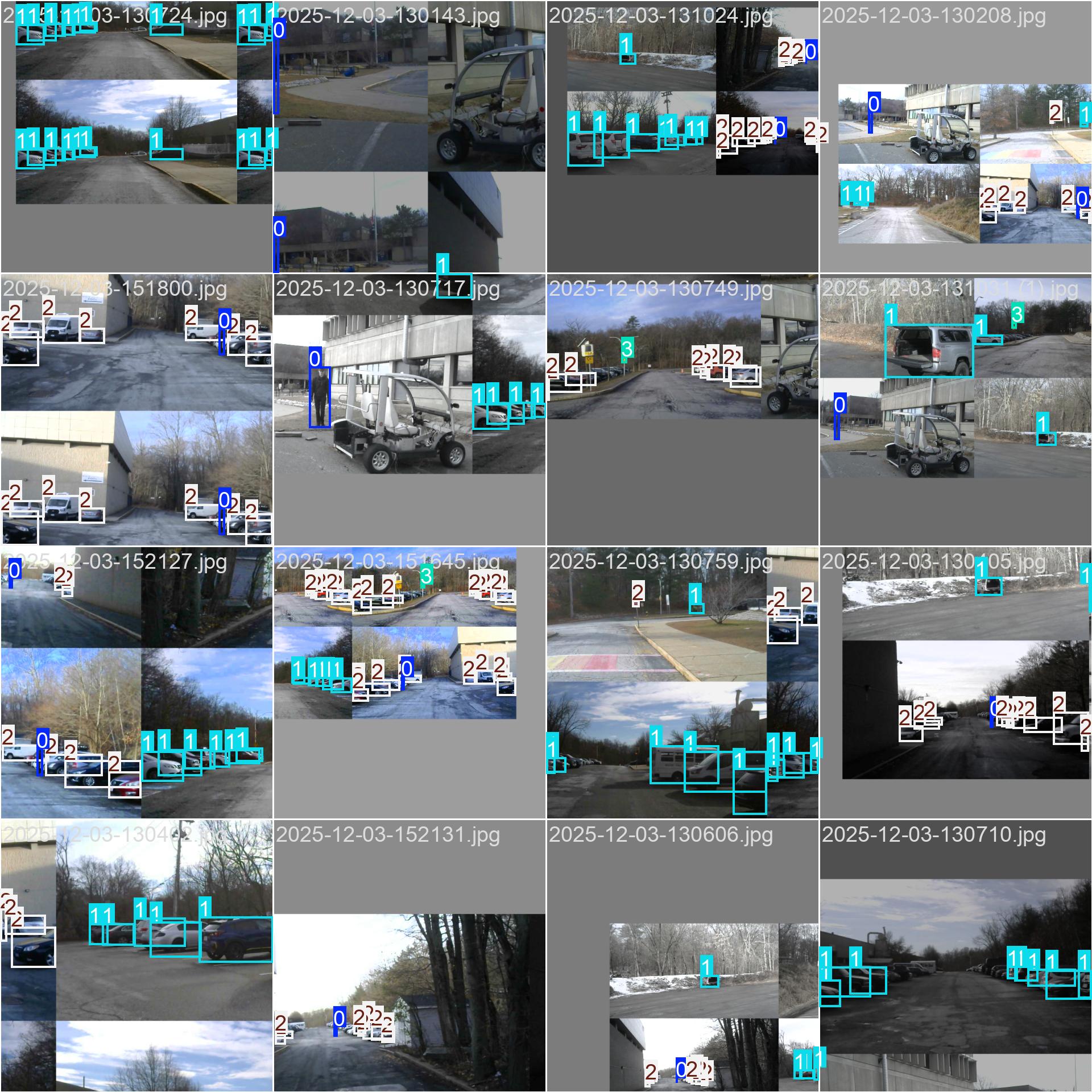
4
minutes
This week during my time in shop, I began a new task on the Ford Think… AI.
Jonas has been focused on the LiDAR aspect of the autonomous navigation system, and I have been focused on the camera system
The idea of doing a combination of both LiDAR and camera’s as inputs to our final AI system we think has significant advantages over simply using cameras as the inputs, like Tesla does on their vehicles.

2
minutes
PLU Codes are super hard to remember, especially if you are a new cashier at your local supermarket like me.
Although most modern systems include a lookup utility to help you look up codes when you can’t remember them, it can be super time consuming and annoying to both you and the customer.
With a little research, I found few resources to help study these codes. Most people I have talked to, including my coworkers, say that memorization comes with time.

3
minutes
Intro As Artificial Intelligence expands and continues to get more and more involved in aspects of daily life, it is only a matter of time until it gets involved in mainstream news feeds… so I sped things up and did it myself.
Introducing The Neural Times, your “Only source of news, curated daily”
The Neural Times is uses locally run Large Language Models (LLMs) and locally run Stable Diffusion (for image generation) to create satirical takes on current events worldwide.

2
minutes
This week I spent a good portion of time milling out and working on the PCB for the Ford Think. The PCB has a TFT display for the control and battery information, along with an RFID tag scanner for authentication (to prevent unwanted sophomore operation…)
The board came out nicely, but it had a few minor issues including the fact that the board was milled over an existing hole in the PCB board, which messed up a few of the traces that needed some post-manufacturing work with some wire and precise soldering.

3
minutes
When I saw this Pixie QRP radio for 10 bucks online, I thought it would be a fun little project to try out to get into the world of HF. I wasn’t expecting much from it, considering its price, but given that it would be some more soldering practice, I gave it a shot.
There were no documents included in the kit, so I had to do some research and reverse engineering to assemble it properly.

3
minutes
This week was extremely CAD heavy for me, with a mix of projects that I ended up working on both during shop time, after school during robotics, and at home as well.
But on a more interesting topic, Jonas and I got the steering working on the Ford Think automatically. In the previous year, his brother installed a large motor and chain to steer the wheels electrically. This was only done in a quick test, so we wanted to make sure it would still work for us.
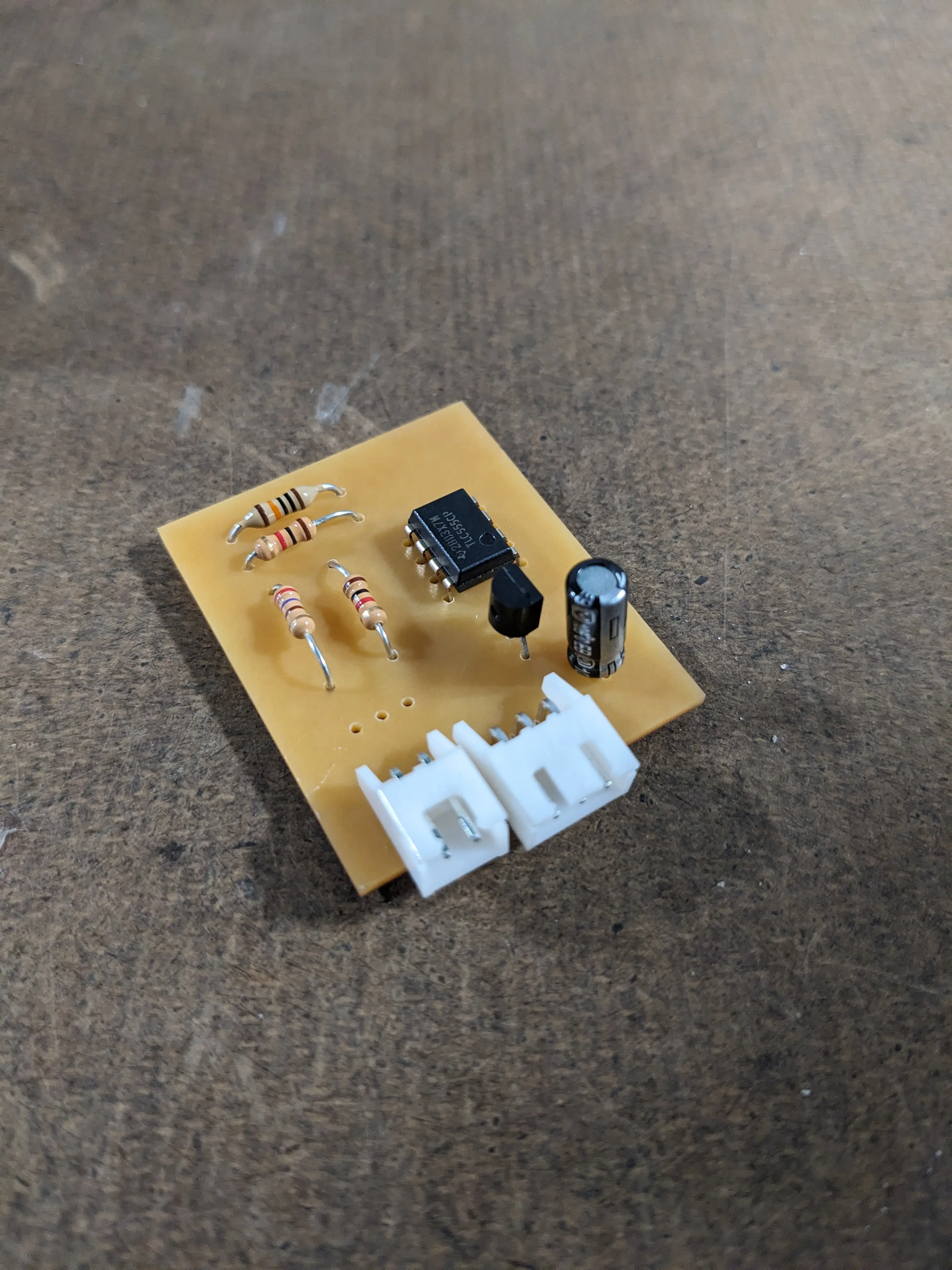
2
minutes
Although this was a short week, I finally returned to the backup alarm circuit and wiring for the Ford Think (golf cart) which had been previously abandoned.
Resuming where I left off, I found that the alarm was installed and there were power wires properly installed and routed, yet they remained unconnected. From past experience, upon applying power to the alarm, it will sound a (loud) continuous tone rather than the classic beeps we hear on trucks.

3
minutes
I figured today, which was a day off from school due to local voting, would be a great time to re-do my ham radio antenna setup and change my base station location. Honestly, I haven’t touched my radio very much lately, mainly because of the workload from school along with other projects I have been working on. The other issue is that the radio is located in my basement which is not the most enjoyable place to endure long QSOs.

3
minutes
There were significant things done to the Golf Cart (which I think I should start calling a car because its bigger than a golf cart really) this week which is super promising for its future.
With the help of Jonas, the brake lights, horn, wiper, and washer fluid pump all work properly! Some of these steps were really insightful as I finally got a grasp on the standards used by Ford when wiring the vehicle up.
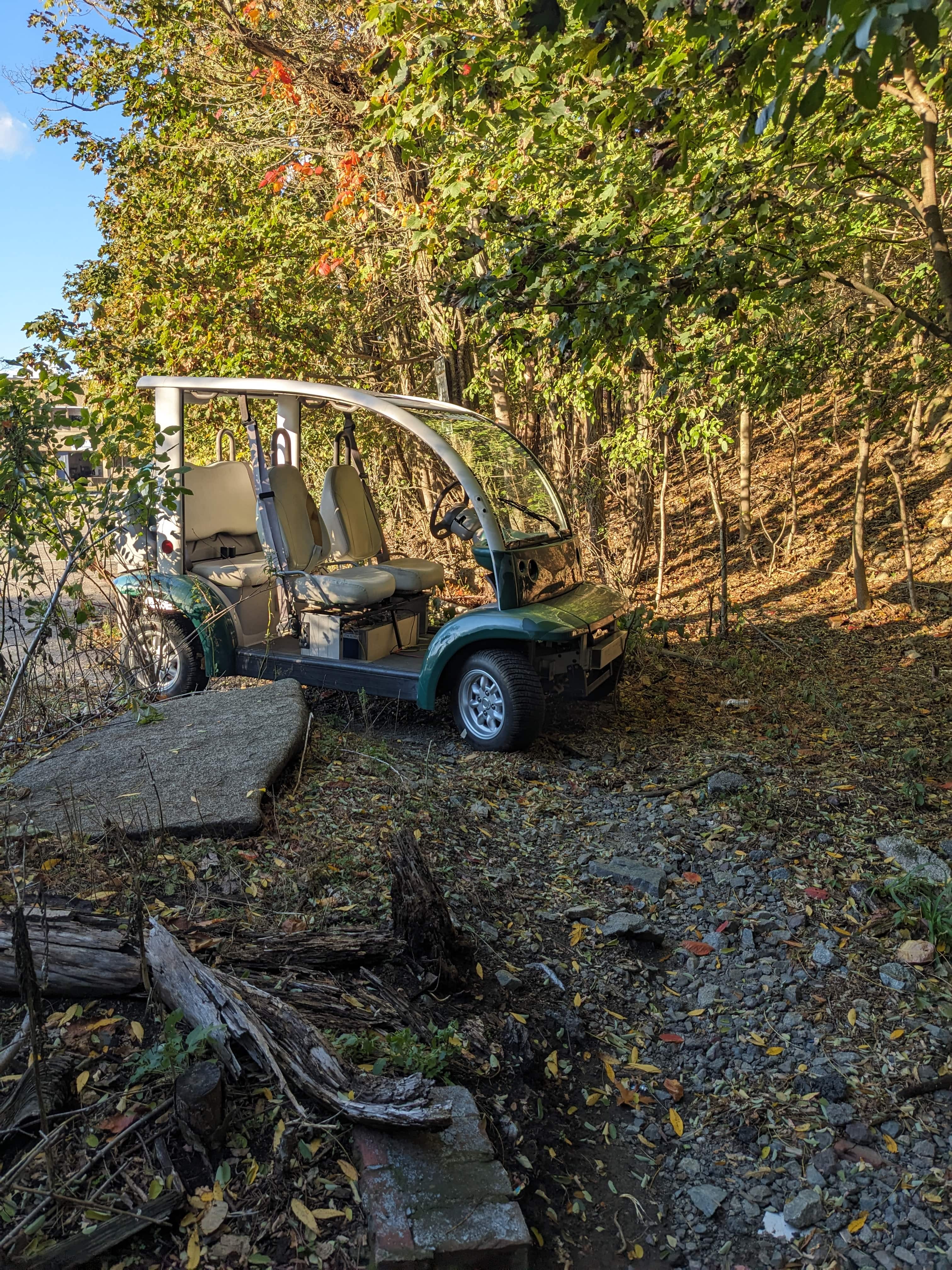
2
minutes
This week had both positives and negatives.
We finally got the 12v converter installed and wired up completely on the Golf Cart (which I think is more of a car than a golf cart) and also installed the separate enable wire.
In order to provide power to it, I had to wire it through an unused fuse port left over.
Originally, we tried to use heat shrink and solder to connect the wires, but the thick strands and low gauge proved to be extremely difficult.

3
minutes
The golf cart works!
This week, on Wednesday, I was able to successfully get the battery wired up and secured and I was able to give it a quick test drive!!
Overall, the golf cart feels a lot more punchy compared to the previous lead acid batteries. This is due to a natural phenomenon known as voltage sag, which is particularly dramatic in lead acid batteries. A simplified view is presented in the graph below.
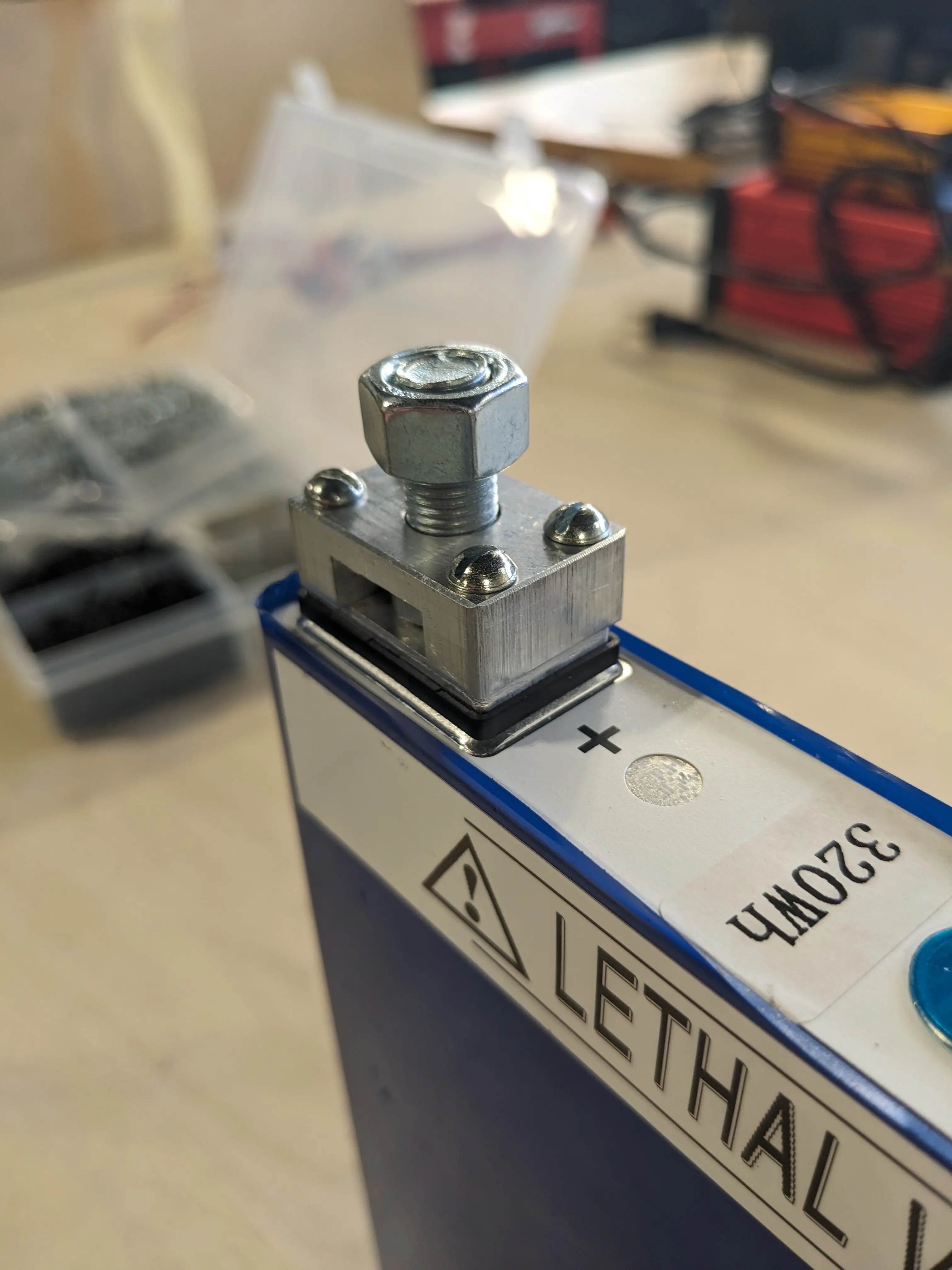
2
minutes
The Golf Cart battery system is finally done! Well, almost. We had the whole thing ready to go, and then we realized something catastrophic, but I’ll get to that a little later.
I started the week off discussing some ideas with Tim on how we could mount the lager orange battery cables to the battery system feasibly, considering that the individual cells don’t have any direct mounting points. We sketched some simple ideas.
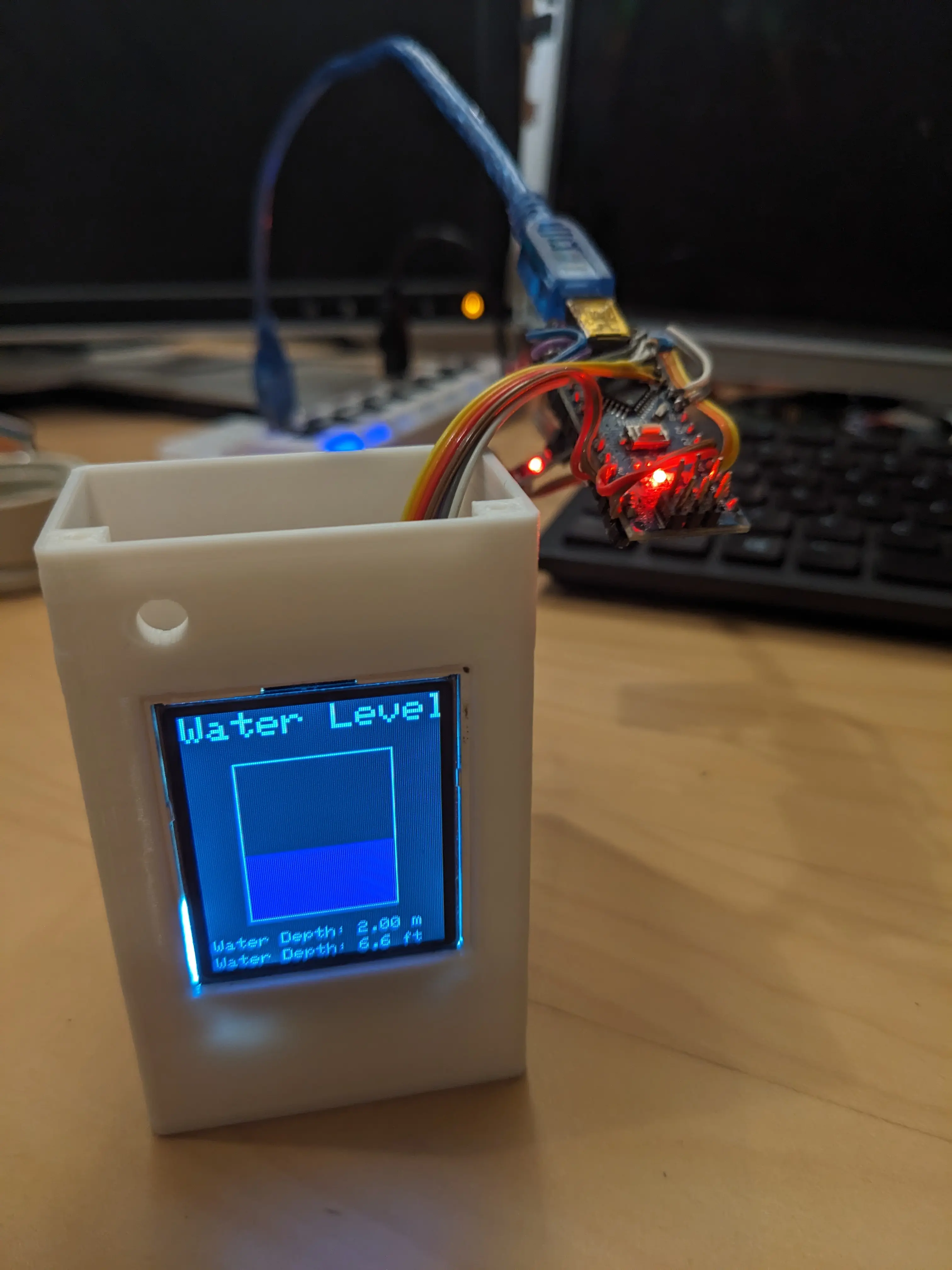
2
minutes
This week was convoluted, considering that we had Thursday off from school. During school, I worked on the battery system, specifically setting up and configuring the BMS system for it to safely charge and balance all cells.
In order to interface with the BMS (can be found on XiaoXingBMS here) you apparently need a special UART tool that they sell.
To me, it looks like a regular USB-UART Serial cable, but after using the Adafruit USB to TTL Serial cable I found that I couldn’t establish communication with it to extract any valuable information from it.
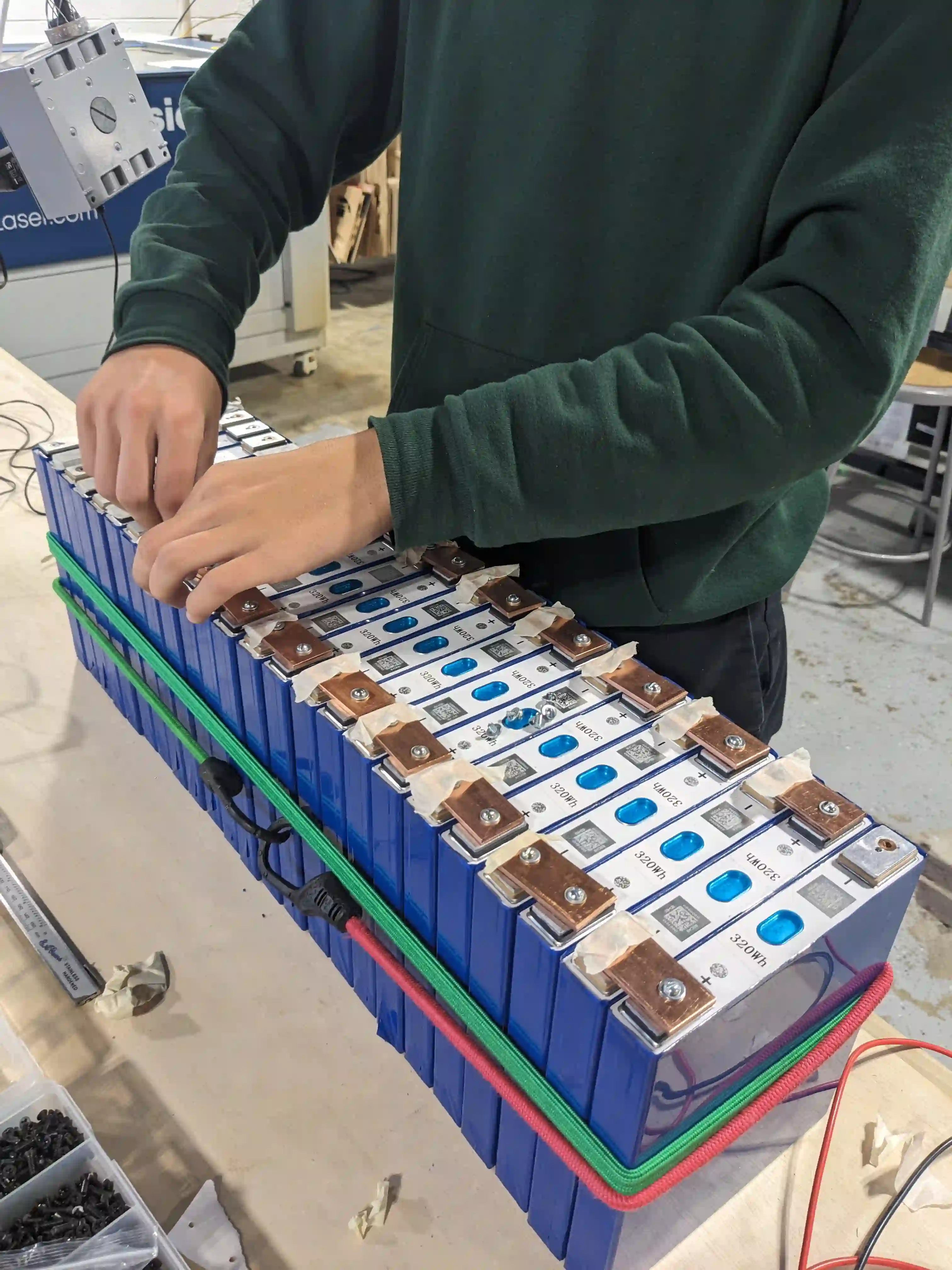
2
minutes
I began the week by trying to start a print on one of the Fusion 3 3D printers at school, but the extruder ended getting totally jammed up and broke some of the structural plastic pieces over-night while I left it going.
Considering that the PLA that the extruder parts were printed in were already old and brittle, when the PLA got snagged on something, the plastic was the first to go.
